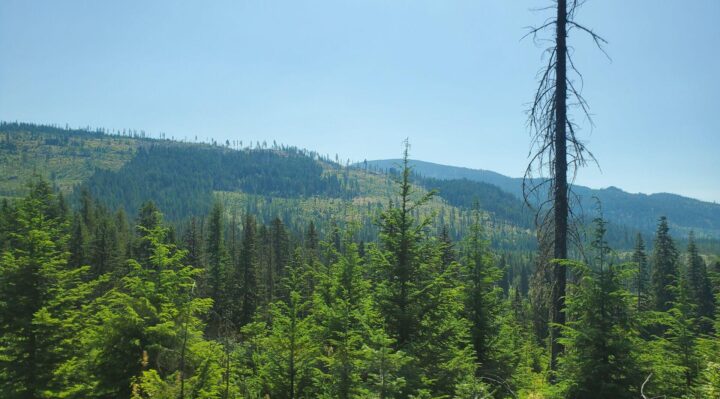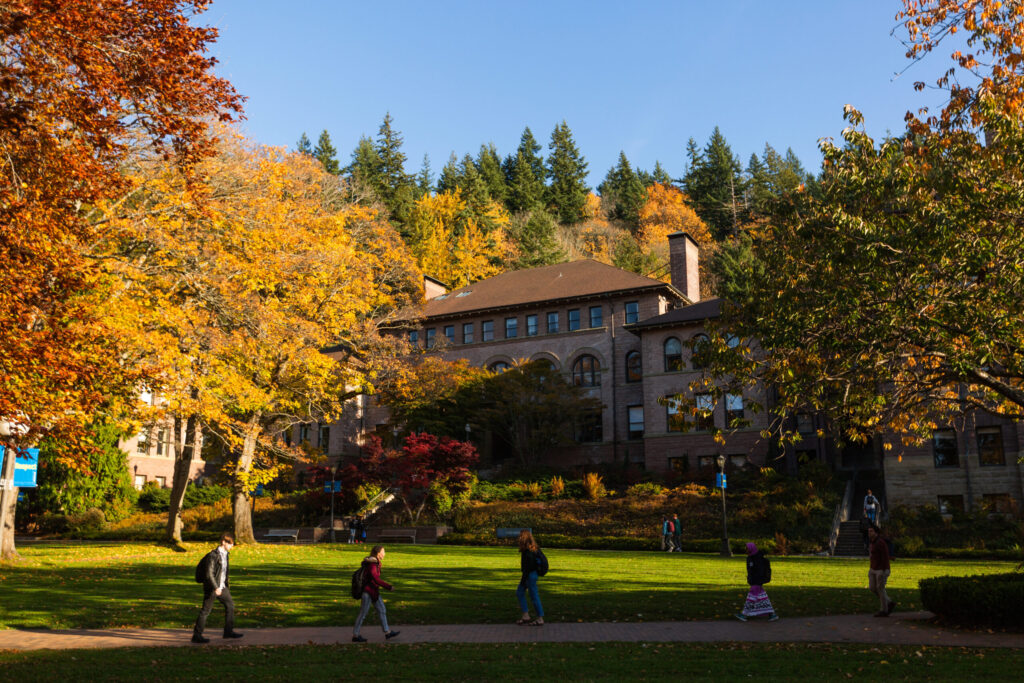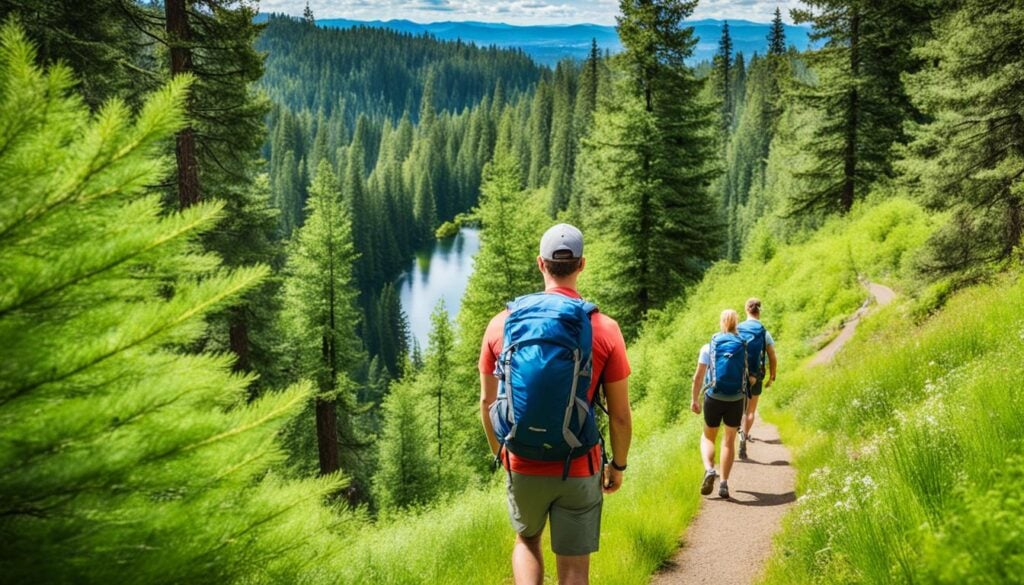Forests and wildfires: Gazing at the crystal ball

The rise in the number of days with extremely dry fuels is very likely to produce more days with wildfires each year
SPOKANE
Spokane is surrounded by forests. While wildfires have long been a natural feature of our landscape — for instance, playing a role in forest succession — wildfires can be incredibly destructive to human life and property as well as wildlife and ecosystem services.
The primary means through which climate change is expected to impact wildfire potential in the Spokane region and the United States Pacific Northwest generally is through fuel dryness. Fire and land management agencies use several diagnostics throughout the fire season to track fire potential. Among these diagnostics are a suite of fire danger indices from the US National Fire Danger Rating System. Our analysis employs the 100-hour Fuel Moisture Index, the standard metric used by foresters and wildland firefighters to determine the risk of fire ignition and how fast a fire is likely to spread.
For our analysis, we examined the Climate Toolbox metric Extreme Fire Danger Days. Extreme Fire Danger Days is defined in the Toolbox as calendar days that fall into the lowest 3rd percentile of fuel dryness as defined by the 100-hour Fuel Moisture Index. These are days when fuels are very dry. Future projections indicate that the number of Extreme Fire Danger Days in the Spokane region is projected to increase throughout this century, starting from a late 20th century baseline of 11 days, then rising to 13.9 days through the early decades of this century (2010–2039), and to 20.4 days by the middle decades (2040–2069) of this century.
Extreme Fire Danger Days and 100-hour Fuel Moisture Index do not predict that fires will occur only that they are more likely to occur given the right ignition source (be it human or natural). The rise in the number of days with extremely dry fuels is very likely to produce more days with wildfires each year.
Reported by Mike Petersen (Lands Council), Jerusha Hampson (Lands Council), Levi Keesecker (E2 Environmental), Wei Li (E2 Environmental), Terry Lawhead (ret.), Katherine Rowden (NOAA), and Joel Breems (Avista)













